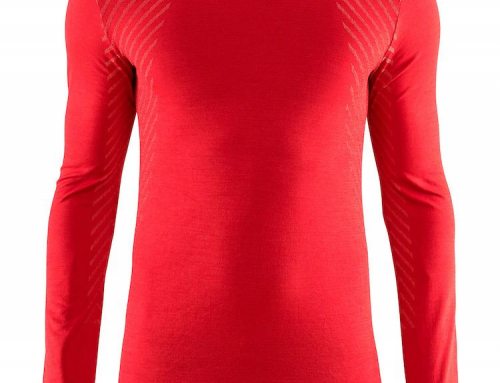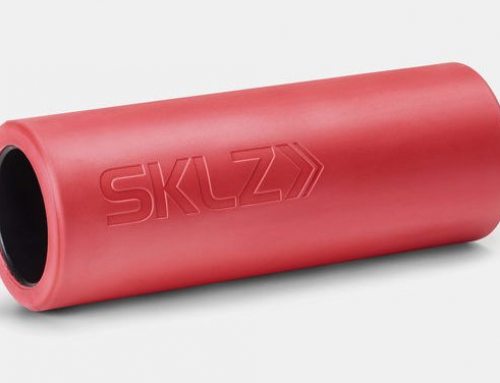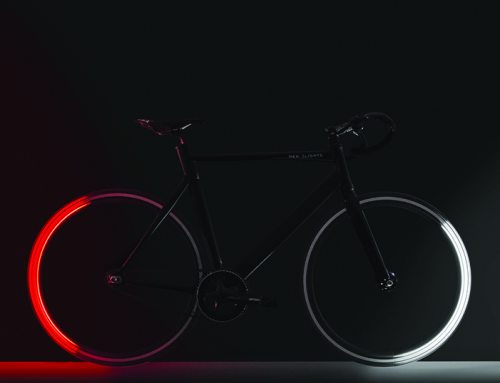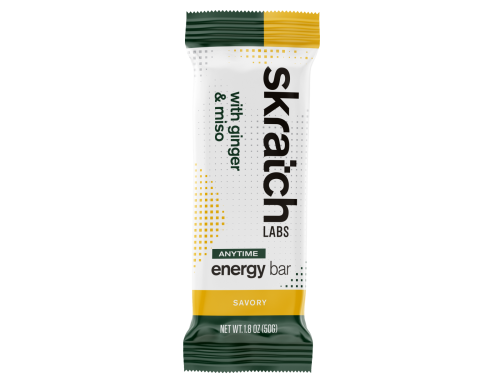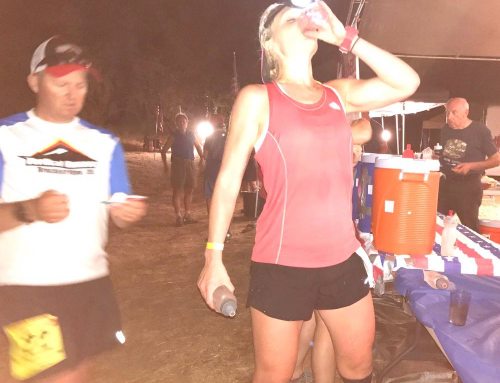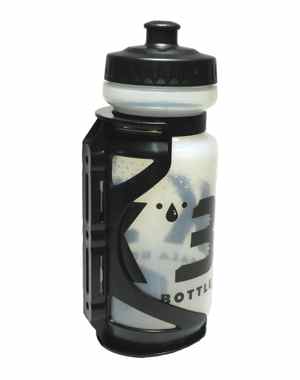
By Cid Cardoso, Jr.
I’m not picky when it comes to water bottles; give me a 24-ounce wide-mouth bottle and I’m happy. All that I ask is that I can easily squeeze liquid out without the top popping off and dousing me in Gatorade and that I can clean it in the dishwasher without it melting. That is not to say bottle technology has not come a long way, as we now take for granted rubber mouth pieces that are easier on the lips and wide mouths that make a bottle much easier to clean or fill with ice and powder. It also doesn’t mean that further improvements aren’t on the horizon. Two products that take bottles to the next level are the KoalaBottle and the GelBot.
One area where there have been a lot of innovations is on the bottle/cage interaction. The latest one is the KoalaBottle (apparently also known as the Magnetic Bottle ™). The bottle includes a “magnetic” ring around its neck that attaches to two rounded magnetic plugs embedded into the unique cage. Note that the magnets are actually the pieces in the cage. The ring itself is not a magnet, but a ferrous metal that the magnets are attracted to. The fact that this ring provides 360 degrees of contact makes it easy to “drop” the bottle in its place within the plastic cage. The magnets on the cage “click” as they come in contact with the ring, making a distinct noise that signifies that the bottle is firmly attached.
My first thought when I saw the KoalaBottle was to try it on my aerobar mount. I’ve been ejecting bottles as I go over railroad tracks or bumps for the last few months, to the dismay of my riding partners, so I’ve been on the lookout for a new option. In addition, I’ve broken several cages due to the vibrations and weight of a water bottle full of liquid. The KoalaBottle proved to be a good solution but for a different reason. The way the bottle fits in the cage along with the magnetic securing system does keep the bottle in place under bumpy scenarios; however, it is not ejection-proof. Railroad tracks will still launch the KoalaBottle. In road bumps, though, the KoalaBottle seems to work a little better. I noticed that a couple of times when the bottle came loose, the magnet “caught” the bottle back and brought it to its nesting place. To my surprise, the greatest advantage of the KoalaBottle is probably the ease in which I can remove the bottle while on the aerobars. Initially getting the bottle out of the cage did require some getting used to; the magnetic attraction is so strong that it requires a good deal of force to break the bottle apart from the cage if pulling from the top. In fact, I could lift the entire bike by pulling on the bottle. However, when the bottle is pulled from the bottom, away from the cage, the angle kind of disengages the magnets, releasing the bottle completely. That was counter-intuitive to me, as I was used to pulling the bottle from the top, out and through from the standard cages. Still, after a couple of rides, it was clear that this is a much easier process that requires less movement and strain. Using it on the conventional down tubes and seat tubes was just as easy and even quicker to get used to: pulling the bottle away from the frame, “releasing” the magnetic hold, certainly seems more natural to me. I would not recommend mounting it on a behind-the-saddle carrier. Not only would it take some time to get used to the backward pulling motion, but the bottles will likely be ejected constantly due to the position and vibration. I can’t vouch yet for the durability of the cage, since I’ve only used it for a couple of weeks, but they describe the material as “highly durable plastic manufactured in the U.S.”
The KoalaBottle is supposed to be dishwasher-safe (on the top shelf) although they recommend hand-washing. Mine will go on the dishwasher so we’ll see how long it lasts! The “magnetic” ring is removable and is sold separately for $8. It can be installed in other bottles as long as the mouth can crumple slightly to slide through the ring and will then fit neatly around the neck’s diameter. Specialized water bottles will work well, according to the manufacturer. A 24-ounce KoalaBottle with the ring already installed and without the cage is sold for $10.
The other interesting bottle that has come to my attention in recent months is the GelBot bottle. Apparently this has been around for some time but the design has been refined for 2013. This 24-ounce bottle includes a 3.5-ounce gel container inside, attached to the bottle’s lid. This is basically a gel flask inside a conventionally shaped water bottle. It fits on all standard cages and for the most part behaves like all normal bottles when squirting liquid. When the cap is closed (pressed down), no liquid comes out. When the cap is pulled up and opened, liquid is allowed to come out. The gel, though, will come out with the cap pressed down (in the liquid closed position). So in other words, the “gel cap” stays in the open position when the gel is to be released. The consistency of gel along with a clever mouthpiece prevents the gel from free-flowing out of the bottle unexpectedly. And the different components can easily be taken apart for thorough cleaning.
I immediately liked the convenience of carrying both liquid and gel in one container. For my long rides, I’ve always carried two gel flasks attached to the top tube and three or four water bottles in various cages. Now I can carry two GelBots and get rid of those extra gel flasks and mounts. Using the GelBot was easy enough, although I had to squeeze the bottle a little harder and tilt it a little more to get all the liquid out, since the plastic material is a little thicker than other bottles. When it came to getting the gel out, I first made the mistake of tilting the bottle completely as I squeezed it. This caused the liquid to leak out onto my neck and chest. I then realized that simply sucking and pressing the bottle in a somewhat upright position will do the trick. An internal bottom cap in the gel flask pushes the gel up as it’s released, making it easier to completely drain it. Note that the amount carried is a little less than most six-ounce gel flasks, and it only offered enough room for 2.5 Gu packets. Conceptually, though, this flask gets the thumbs-up from me.
It remains to be seen if I will replace all my Specialized bottles with GelBots and KoalaBottles. It may be one of those things that now that I’ve tried them, I’ll never go back. They are not essential pieces of equipment (like aerobars or tri shorts for triathletes) or items that will offer measurable speed gain (like aero helmets and aero wheels). However, they are high on the convenience factor and not too bad on the wallet.
# # #
Cid Cardoso, Jr., owner of Inside Out Sports, has been doing triathlons for more than 20 years. In October 2011, he competed in his 26th Ironman – his eighth appearance at Kona. A veteran of ultramarathons, he has competed in Team RAAM twice. He has seen equipment evolve with the sport and continues to test new products to assess their impact on performance. He trains, works and resides in Cary with his wife, two daughters and son. You can reach him at cidjr@insideoutsports.com.


